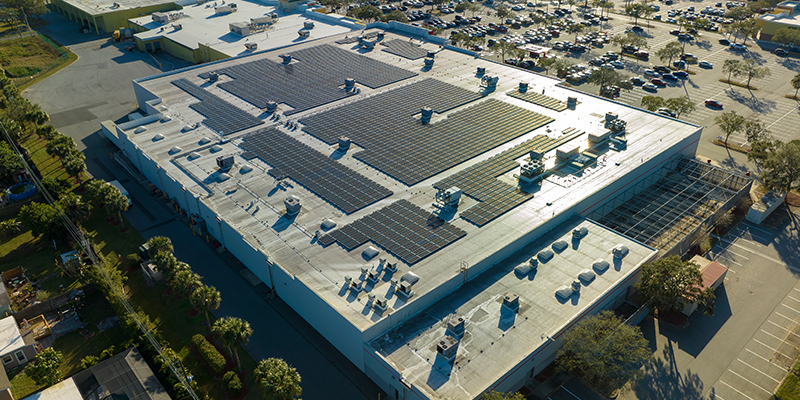By Kathryn Hamilton, CAE
Former U.S. Secretary of Commerce Gina Raimondo shared insights on economic policy, trade and American competitiveness in a candid conversation at NAIOP’s I.CON East last week in New Jersey, touching on both her personal journey and the broader challenges facing the U.S. economy.
Raimondo, who made history as the first female governor of Rhode Island, recounted her transition from private-sector success to public service. “My story is like so many Americans. My family came over from Italy and I focused on working hard and getting an education,” she said. “I was a lawyer and everything was going great, yet I just had this nagging call to service… I just felt like we could do better,” she said.
That impulse led Raimondo to first run for state treasurer, leveraging her finance and venture capital background to reform Rhode Island’s pension system and economic development strategy. Her accomplishments drew the attention of President Joe Biden, who tapped her to lead the Department of Commerce in 2021.
“Truthfully, I had to Google, ‘what does the Commerce Department do?’” Raimondo laughed.
What she discovered was an expansive agency with over 56,000 employees and a mission critical to the U.S. economy. “We run the Weather Service, the Patent and Trademark Office, the Census Bureau. We do a lot with trade, a lot with tariffs,” she explained.
Under Raimondo’s leadership, the department adopted a singular focus: boosting American competitiveness. “I said, ‘We’re going to become the Department of U.S. Competitiveness.’ I don’t care if you’re working in NOAA or export promotion – every day, ask yourself: What can I do to help American businesses compete on the global stage?”
Among her most significant accomplishments, Raimondo pointed to her leadership in passing the CHIPS and Science Act – a bipartisan effort to reinvigorate the domestic semiconductor industry and strengthen U.S. supply chains.
“For you, it’s going to be great,” she said, addressing a packed room industrial real estate developers and investors, noting that there is expected to be a boon in of the development of manufacturing facilities in the next decade as the U.S. aims to reshore the semiconductor ecosystem.
Raimondo observed that in today’s global economy, where supply chains stretch across continents and industries are interconnected in complex ways, the use of tariffs as a tool for achieving policy objectives is creating more disruption than clarity. She noted that President Donald Trump’s increasing reliance on tariffs to address trade imbalances with specific nations is not without consequence. While the idea of protecting American industry and reasserting economic independence is politically popular, the way these tariffs are being deployed is generating widespread instability.
“Free trade works best when everyone plays by the same rules. But the reality is, not every country does – especially China,” she said, emphasizing that Chinese industries often benefit from government subsidies that allow them to produce goods at prices that undercut global competition. “In these situations, tariffs can serve a legitimate role in leveling the playing field. However, they must be used strategically – more like a precision drone strike than a carpet bombing.”
When tariffs are applied broadly, unpredictably and without clear justification, industries like commercial real estate are left grappling not just with the financial impact, but with the uncertainty they create. “One day, a product might face a 25% tariff; six months later, that could double or disappear altogether,” Raimondo said. “Companies don’t know how to plan. Even if harsh tariffs were permanent, at least companies could adapt. But the current environment makes long-term decision making nearly impossible.”
The result is a more cautious business climate. Companies are slowing down investments, holding back on growth, and passing higher costs on to consumers. Inflation remains stubborn, not only because of demand or wages but because global sourcing has become so uncertain. Tariffs that were meant to spur domestic manufacturing are, in some cases, freezing progress instead.
She cited Microsoft’s recent decision to pause four data centers – not cancel, but delay – as an example of how even the most capitalized firms are opting for a more measured approach.
As economic headwinds persist and global realignment continues to reshape the investment landscape, Raimondo offered a frank and sobering assessment: buckle up, remain steady, and prepare for slower growth in the near term – but keep your eyes on the long game.
Read part two of the coverage surrounding former U.S. Secretary for Commerce Gina Raimondo’s I.CON East remarks on the Market Share blog.

This post is brought to you by JLL, the social media and conference blog sponsor of NAIOP’s I.CON East 2025. Learn more about JLL at www.us.jll.com or www.jll.ca.







